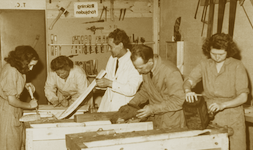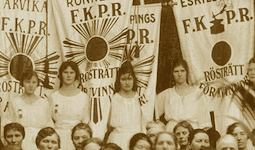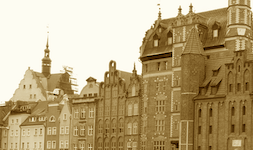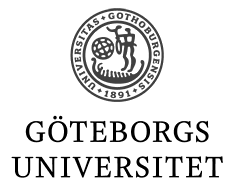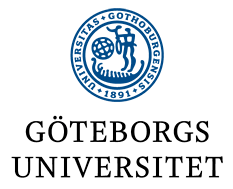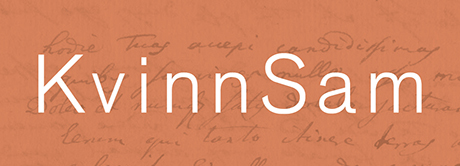Ulrika Strömfelt was a lady-in-waiting who, according to unsubstantiated information, was said to have helped reveal the attempted coup d’état in 1756.
Ulrika Strömfelt was born in 1724. She was the daughter of Privy Councillor Johan Carl Strömfelt and Hedvig Elisabet Wrangel, who was Chief Court Mistress to Queen Ulrika Eleonora the younger and Mistress of the Robes to Queen Lovisa Ulrika, as well as governess to the latter’s children. Ulrika Strömfelt and her sister Agneta became ladies-in-waiting to Queen Ulrika Eleonora the younger when they were just 12 years old. Ulrika Strömfelt was also active at the royal court during the reigns of both Queen Lovisa Ulrika and Queen Sofia Magdalena.
Ulrika Strömfelt is best known for her alleged role in revealing Lovisa Ulrika’s involvement in an attempted coup d’état in 1756. In order to finance this planned coup the queen had sent jewels to her brother Prince August Vilhelm in the intention of pawning them. When Ulrika Strömfelt apparently found out about this she informed the secret committee, which led to the committee’s demand to see the crown jewels.
Contemporary records do not name Ulrika Strömfelt as a party in the revelation of the planned coup d’état. Nevertheless, on 30 April 1756 the secret committee decided to award Ulrika Strömfelt an annual pension of 2,000 riksdaler. This was a considerable sum, as evidenced by the fact that the fee awarded to a privy councillor’s widow was only half that amount. Shortly thereafter Ulrika Strömfelt’s period of service for the queen came to an end. She did, however, subsequently lose her pension when ‘mösspartiet’ (the Cap party) introduced the ‘reduktion’ (revocation) in 1765.
Ulrika Strömfelt married the ‘mösspartiet’ politician Carl Sparre in December 1756. Sparre’s contemporaries were fairly vocal about his adulterous affairs but nonetheless the couple seem to have enjoyed a happy and harmonious marriage. Indeed this view is confirmed in the warm letters which the couple exchanged throughout their marriage. They had one son together, although he had already died by 1764.
The couple developed a favourable relationship with King Gustav III and in 1777 Ulrika Strömfelt returned to royal service as Mistress of the Robes for Queen Sofia Magdalena.
Negative comments about Ulrika Strömfelt are almost entirely lacking in the diaries and memoires dating from the 1700s. Her contemporaries described her as exhibiting the usual feminine qualities, such as wisdom and being morally irreproachable.
Ulrika Strömfelt died in Stockholm in 1780. King Gustav III organised a lavish funeral in her honour in the Riddarholmen church.


